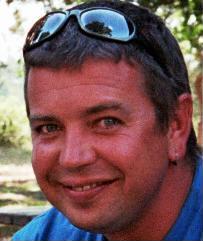a.jpg)
The guys from Ruhondo working at the site brought us the seedlings on Tuesday they've been nurturing over the past 6-8months. This included about 2,500 seedlings for the thorny hedge we're planting all around the site.
This morning I spent a half-hour recording all the different species on camera for our plant records - they had brought a total of 23 different species which excluding the hedge seedlings are mostly large trees used in the communities. Whilst photographing each species they also gave me the Kinyarwandan name which I can then try and trace back to the Latin/English name on the internet.
Quite a few of the trees are/were traditionally used for timber but there's a tree for example that was used to make bark-cloth from in Uganda - a Strangler Fig and the fig in the photo is/was traditionally used to make dug-out canoes from. There are also a few fruit trees including one with a fruit referred to in Kinyarwanda as umutima w'infizi which translates into the "heart of the bull". I have yet to see the fruit though as I don't seem to be able to find an English reference to this plant in Rwanda - yet.
As for the rest of the work on the site, all is progressing fairly well with huge advances being made on the pathway to the safari tents. The south-western corner of the road around the 4x4 campsites is taking shape now being one of the harder sections of this road to do due to the undulating terrain which we're trying to maintain as much as possible on this road.
The stairs at the drop-off point that will lead to Reception should be finished tomorrow to a level just below where we anticipate the Reception floor-level will be. The rest will be built into the Reception area after the buildings' floor levels are established.
A couple of the guys who are breaking rock at the restaurant area at the moment unearthed a massive rock (nearly in the shape of Africa as Andy commented) which we will get one of the masons to level on one side and then use as an outdoor table-top in one of the little "havens" on the site. We'll probably mount it on top of some tree-stumps cut to accomodate it. It is very large though and took about 15 guys to tip out of its resting place which should prove an interesting exercise in ancient transport on logs to its final destination.

No comments:
Post a Comment